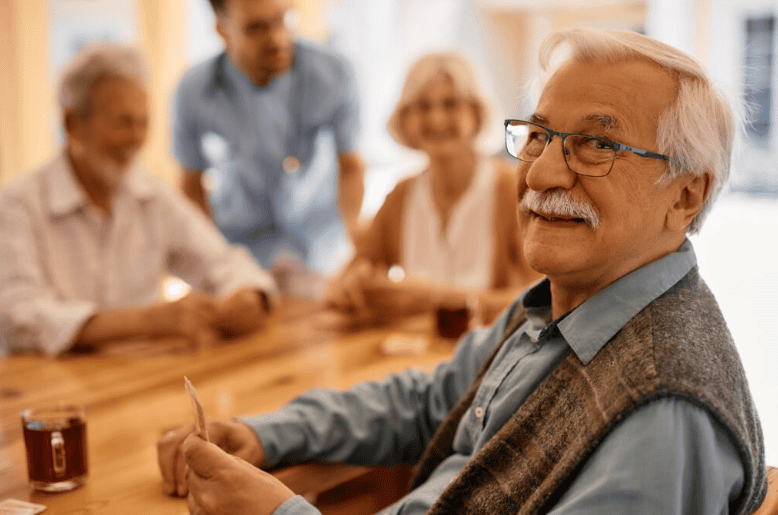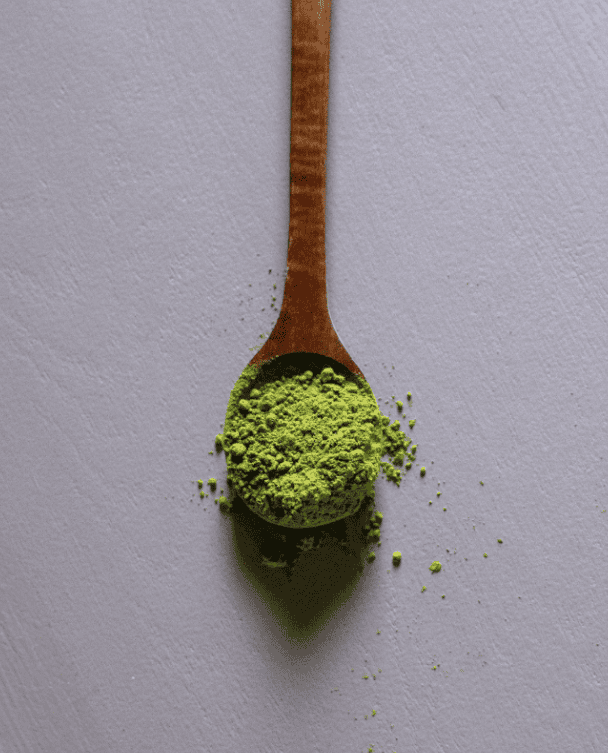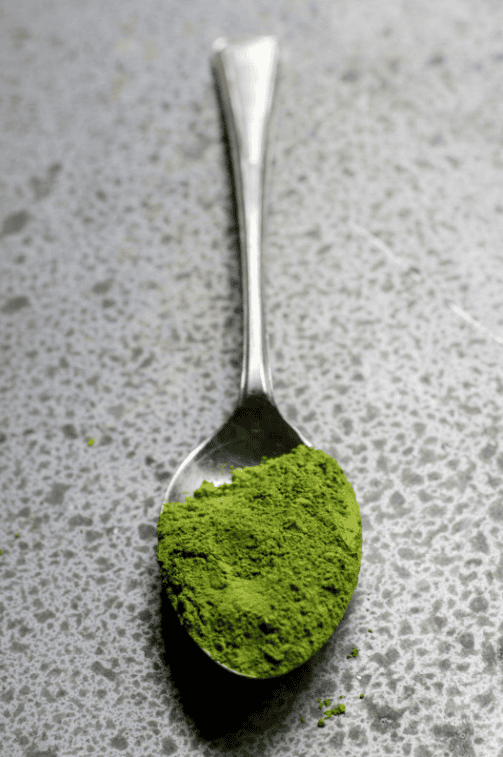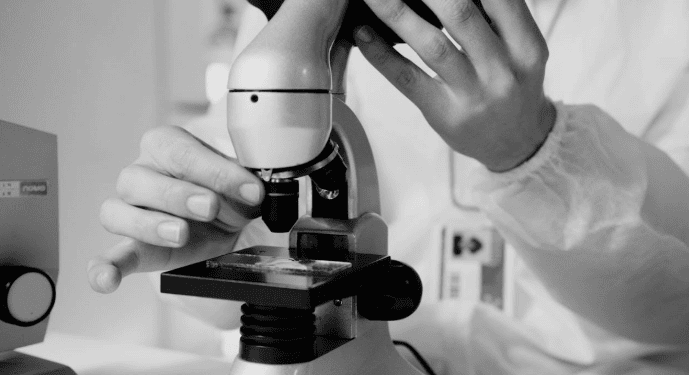At some point, you start thinking differently about where and how you want to live. You still value freedom and privacy, but comfort and peace of mind take on greater importance. That shift often leads you to consider options within senior independent living.
This decision isn’t about slowing down or giving things up. It’s about choosing an environment that supports how you want to live. Happiness in senior independent living is shaped by practical factors such as connection, safety, and predictability. When you understand how these elements work together, you can evaluate your options more clearly and choose a setting that suits you best.
What Senior Independent Living Really Means
Senior independent living is one option within the wider landscape of senior housing. It’s designed for adults who manage daily life independently but want fewer worries tied to upkeep, isolation, or long-term planning.
In practical terms, independent living typically includes:
- Senior living community: A residential setting that offers privacy alongside shared spaces and optional amenities.
- Senior apartments: Private homes designed for comfort, accessibility, and ease of daily movement.
- Retirement communities: Environments built around lifestyle, not medical care, with services that reduce everyday responsibilities.
You set the pace for your day, from deciding when to cook to choosing when to head out. Coming and going stays flexible, while support remains available without shaping your routine.
This lifestyle differs from medical-focused environments like skilled nursing or nursing homes, which are designed for ongoing clinical care. Independent living centers on choice and quality of life, offering freedom with structure rather than supervision.
A Sense of Control and Personal Freedom
Feeling in control plays a major role in long-term happiness. When you decide how your day unfolds, your confidence stays strong.
Senior independent living removes ongoing burdens like lawn care, repairs, and heavy cleaning. That shift frees time and energy for what matters to you. You choose how busy or quiet your days feel.
This autonomy supports emotional health. It reinforces your identity and reduces frustration. You’re not adapting to a rigid system. The environment adapts to you.
Access to Support Without Losing Independence
You may worry about what happens if your needs change over time. That concern often sits quietly in the background. Planning for future support can help ease that uncertainty without taking control away from your daily life.
Some communities coordinate optional home care for short-term needs, such as recovery after an illness. Others offer limited access to on-site healthcare services for routine check-ins or coordination, without shaping daily life or reducing independence.
Some residents also choose to work with external disability support services, delivered by independent providers that offer in-home or community-based assistance without being part of the housing itself.
Throughout it all, you remain in charge of your schedule, your space, and your decisions. At the same time, knowing that these health services exist can ease long-term concerns while allowing you to focus on living well each day.
Social Connection Without Pressure
Loneliness doesn’t always come from being alone. Sometimes it comes from a lack of easy, low-effort connections.
Seior independent living communities create built-in social opportunities without obligation. You can join social activities, attend a group meal, or simply enjoy a brief conversation in shared spaces.

The key is flexibility. You engage when it feels right. You step back when you need quiet. That balance supports emotional well-being while respecting personal boundaries.
A Living Space That Feels Like Home
Your surroundings influence how you feel every day. A familiar, comfortable space provides assurance and ease.
Residences are often designed with accessibility in mind, with layouts that reduce fall risks and improve visibility throughout the space. Clear pathways, supportive lighting, and easy-to-use fixtures help make daily routines smoother.
You still personalize your space. Photos, books, and furniture reflect your life and experiences. When your home feels like home, comfort and safety naturally reinforce each other.
Physical Health and Daily Movement
Movement supports more than strength. It affects balance, mood, and energy.
Many communities offer wellness programs designed for different ability levels. Walking trails, stretch classes, and access to a heated pool or fitness center encourage regular movement without pressure.
You choose what works for you. Consistent, moderate activity strengthens independence and lowers injury risk. Over time, these habits help you feel more capable and confident.
Mental Stimulation and Purpose
Mental engagement supports a positive outlook. Senior independent living environments often offer chances to stay curious and involved.
You may join discussion groups, creative workshops, or recreational activities that give structure to your week. These experiences can lead to more focus and motivation.
Some residents enjoy mentoring, volunteering, or leading small groups. Purpose does not disappear with age. It shifts. Staying engaged helps maintain a strong sense of self.
Financial Predictability and Peace of Mind
Unclear expenses can create ongoing stress. Independent living helps reduce that burden by simplifying how costs are handled.
Many communities bundle services into a single, predictable fee. Utilities, routine upkeep, and laundry services are often included, which reduces daily effort and limits surprise expenses.
This clarity supports better planning. When finances feel manageable, mental energy becomes available for more meaningful pursuits.

Feeling Safe Without Feeling Restricted
Safety matters. Feeling restricted does not.
Independent living balances both through thoughtful design and systems. Features like emergency response tools and a discreet call-button system provide reassurance without intrusion.
A trained security team helps maintain a calm, secure environment. These measures let you move through your day knowing support is available if needed, without limiting your independence.
Final Thoughts
Independent living works well when it reflects how you live day to day. The right setting supports your routines, adapts to your preferences, and removes unnecessary effort.
As you consider your options, focus on practical factors. Think about how easy it is to stay active, how predictable the costs are, and how flexible the social environment feels.
Choosing independent living doesn’t lock you into one path. It allows you to select an environment that fits your needs now while leaving room for change.





























